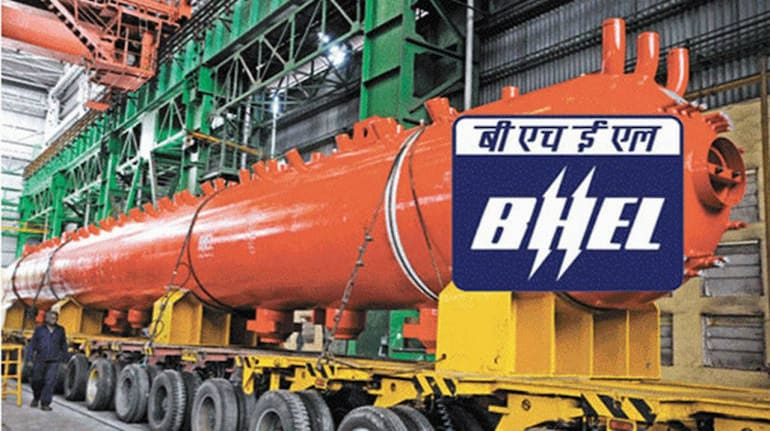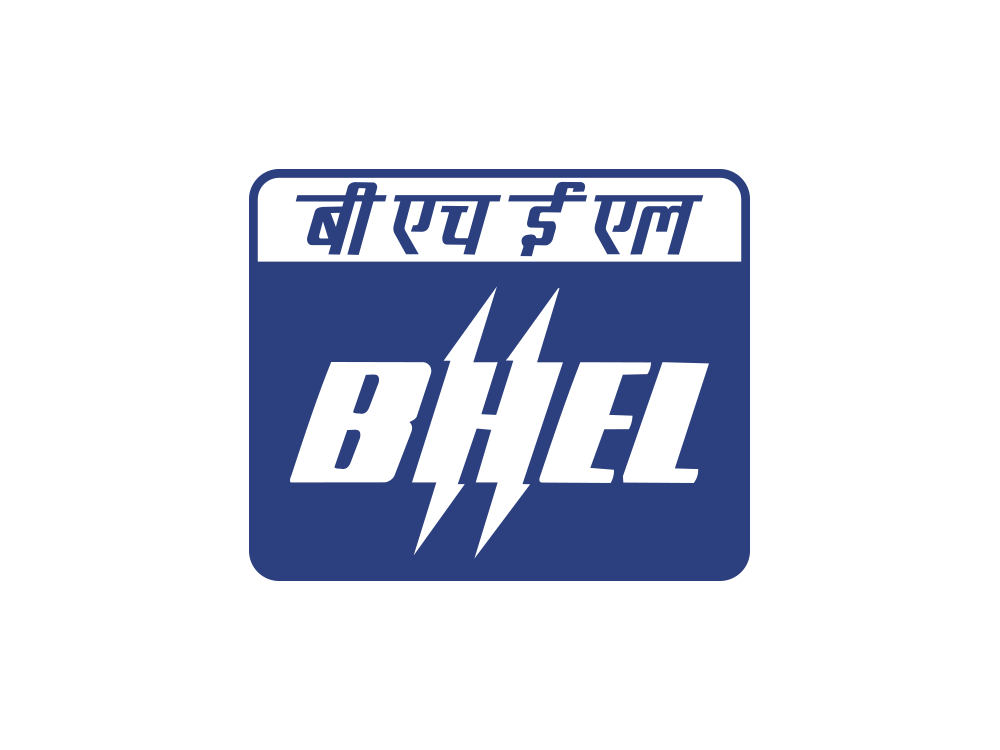“Despite BHEL’s widened Q1 FY26 loss, a record ₹2.04 lakh crore order book offers hope. Explore what’s really happening—and what lies ahead.”

Ever seen a cricket team drop a match early in the tournament and thought, “Game over?” Well, that’s where BHEL finds itself after its Q1 FY26 results. The Maharatna PSU posted a staggering net loss of ₹455.5 crore—more than double the ₹211 crore loss from Q1 FY25. That stings. But wait—there’s an unsung hero here: BHEL’s order book, teeming with promise to the tune of over ₹2 lakh crore. Let’s unpack this rollercoaster—because the full story is much richer than just the red figures.
BHEL Q1 FY26
1. The Painful Reality: Why the Q1 Loss Cut Deep
1.1 A Closer Look at the Loss
- Net loss widened to ₹455.50 crore, up from ₹211.40 crore in the same quarter last year The Economic Times.
- Revenue stayed flat, with operations bringing in just ₹5,486–548 crore—barely a blip on last year’s number Business StandardThe Economic Times.
BHEL’s top line is treading water—and without strong revenue growth, even moderate cost increases can tip the ledger into the red.
1.2 Costs Squeezed Margins
- Expenses surged to ₹6,280 crore, largely driven by a 10.8% rise in raw material and services costs Business Standard.
Rising input costs—think materials, logistics, labour—are squeezing BHEL’s margins. It underscores how vulnerable even large PSUs can be to market swings.
2. The Bright Spot: A Monster Order Book
2.1 Why the Order Book Still Matters
BHEL hasn’t been idle:
- Orders worth ₹13,445 crore booked in Q1—a substantial 42% YoY jump—pushed the backlog to ₹2,04,375 crore (₹2.04 lakh crore) Business Standard.
- At the close of FY25, the order book stood at ₹1.95 lakh crore MoneycontrolTND India.
This cushion of orders ensures BHEL has work in the pipeline—it’s like a college student who’ve taken on extra assignments well ahead of deadlines.
2.2 Strategic Wins Behind the Numbers
- A massive Rs 6,500 crore order from Adani Power for six 800 MW units—covering supply, erection, and commissioning—added fuel to investor confidence The Economic Times+1.
Big-ticket orders like these are not just numbers—they’re confidence boosts, signaling that BHEL remains a preferred choice for infrastructure-heavy clients.
3. Analyst Perspectives: Cautious Hope or Blind Optimism?

3.1 Mostly “It’s a Buy, But…”
- Nuvama kept its ‘Buy’ rating, now targeting ₹335 (down from ₹360) Business Standard.
- JM Financial expects margins to touch ~11% by FY28 as older legacy projects wrap up The Economic TimesBusiness Standard.
That’s like a coach urging patience—“This season’s rough, but the squad is strong, and the big wins are coming.”
3.2 Technical Warnings
- Analysts such as those at Lakshmishree see short‑term trouble: the stock broke its ₹240–₹270 trading range. Without reclaiming ₹240 quickly, it may test lower support near ₹190–₹199 The Economic Times.
Technically, BHEL is under pressure. If it doesn’t find buyers soon, the trend could stay bearish—like being stuck in a traffic jam without a clear exit.
4. India-Specific Angle: Why This Matters to You
4.1 Riding the Thermal Rally
As fossil fuel orders bounce back, BHEL’s thermal segment (where it holds over 90% market share) stands ready to lead the revival Business StandardTND India.
It’s not just about one company—it’s about India’s energy backbone firing up again. That’s potentially good for growth, jobs, and our wattage.
4.2 PSU’s Structural Strength
With a strong government stake (~63%), a backup of fresh orders, and improved liquidity (net cash loss trimmed to ₹568 crore; pre‑FY25 it was much higher) careratings.com, BHEL isn’t a weakling—it’s more a heavyweight on the ropes, not out.
Yes, BHEL’s bruised. But unlike a startup chasing growth capital, it’s a state-backed giant with a deep order hole to climb out of.
5. What’s Next? Actionable Insights
- Track execution: Watch how effectively BHEL delivers on its ₹2 lakh crore-plus order stack.
- Margins matter: Keep an eye on cost trends—raw materials, labour, inflation pressures.
- Macro tailwinds: Stay informed about thermal power traction and government energy policies.
- Stock support zones: ₹190–₹199 is the technical floor; a rebound above ₹240 could signal a reversal.
- Compare peers: If you’re invested in infrastructure PSUs, BHEL’s trajectory could be a bellwether.
Conclusion
Yes, Q1 FY26 was a punch—₹455.5 crore in red ink hurts. But BHEL’s not out. With a bulging order book, marquee contracts, and analyst backing, this is less a meltdown and more a setup phase. The real story isn’t this quarter—it’s the next few. Will BHEL execute? Stabilize margins? Claim a comeback that resonates across infrastructure and investor sentiment?
Final Thought & CTA:
Stunned by the Q1 results? Or seeing opportunity in the order book? Share your thoughts—or ask what scenario you’d bet on next: execution, technical rebound, or still caution?

How big is BHEL’s current order book?
BHEL’s Q1 FY26 order book stands at ₹2.04 lakh crore, up from ₹1.95 lakh crore at FY25-end.
Why did BHEL’s Q1 FY26 net loss widen?
Rising raw material and services costs (~10.8%) pushed up expenses, while revenue remained flat.
Are analysts still positive on BHEL?
Yes—Nuvama retains ‘Buy’ with a ₹335 target; JM Financial forecasts margin recovery by FY28.
What’s BHEL’s technical stock support level?
BHEL may find support in the ₹190–₹199 range unless it breaks and reclaims ₹240 quickly.
What was the order from Adani Power?
A ₹6,500 crore contract for six 800 MW steam turbine generators plus commissioning.
What was the order from Adani Power?
A ₹6,500 crore contract for six 800 MW steam turbine generators plus commissioning.